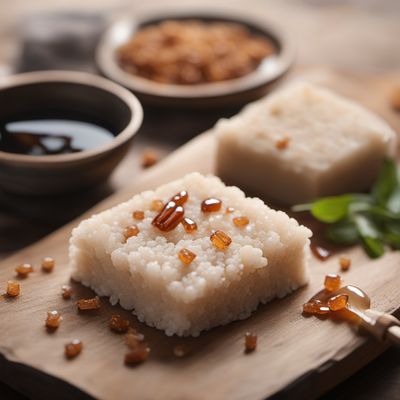
Ingredient
Nasturtium flowers and leaves
The Vibrant Edible Blooms: Nasturtium Flowers and Leaves
Nasturtium flowers and leaves are known for their vibrant colors, ranging from bright yellows and oranges to deep reds. They have a distinct peppery taste, similar to watercress, and a slightly crunchy texture. These edible blooms are often used as a garnish, added to salads, or used to infuse oils and vinegars.
Origins and history
Nasturtium flowers and leaves have a rich history, dating back to the time of the Incas, who cultivated them for their medicinal properties. They were later introduced to Europe by Spanish conquistadors and gained popularity as an ornamental plant. Today, they are widely used in culinary preparations around the world.
Nutritional information
Nasturtium flowers and leaves are low in calories and rich in vitamin C, providing a boost to the immune system. They also contain antioxidants and have antibacterial properties.
How to select
When selecting nasturtium flowers and leaves, look for vibrant colors and fresh-looking petals. Avoid any signs of wilting or discoloration. Opt for organically grown varieties to ensure they are free from pesticides and chemicals.
Storage recommendations
To maintain the freshness of nasturtium flowers and leaves, store them in a plastic bag or airtight container lined with a damp paper towel in the refrigerator. They can stay fresh for up to a week.
How to produce
Nasturtium flowers and leaves can be easily grown in home gardens or containers. They thrive in well-drained soil and prefer full sun or partial shade. Regular watering and occasional fertilization will help them flourish.
Preparation tips
Nasturtium flowers and leaves can be used as a colorful addition to salads, sandwiches, and wraps. They can also be stuffed with various fillings or used to garnish soups and appetizers. Additionally, they can be infused into oils or vinegars to add a unique flavor to dressings and marinades.
Culinary uses
Nasturtium flowers and leaves are commonly used in salads, as a garnish for savory dishes, and in herbal teas. They are popular in Mediterranean, South American, and Asian cuisines.


